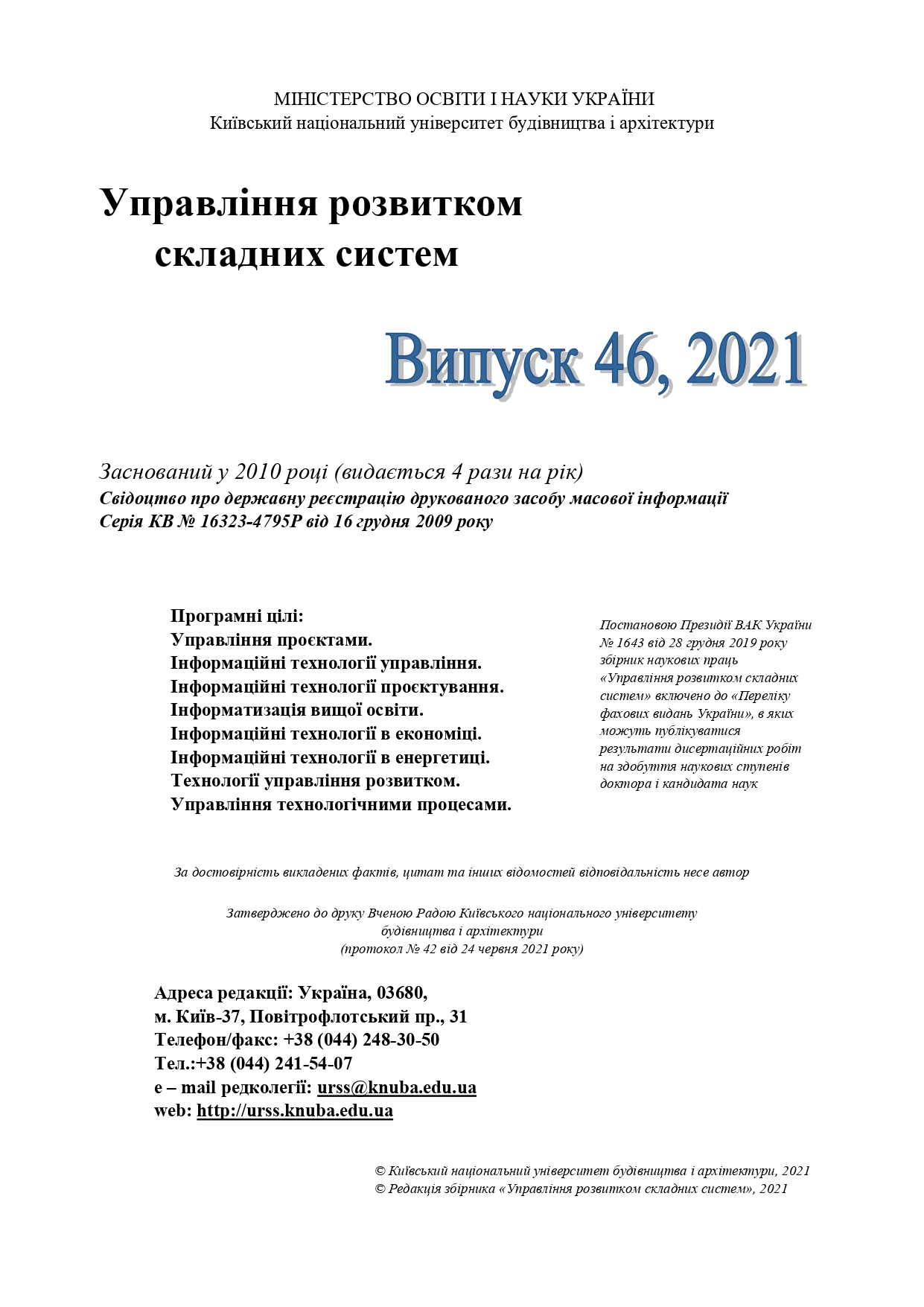MULTIPLE REGRESSION MODELING THE CHEMICAL COMPOSITION EFFECTS ON THE TENSILE STRENGTH OF Ni-BASED SUPERALLOYS
DOI:
https://doi.org/10.32347/2412-9933.2021.46.161-166Ключові слова:
industrial Ni-based superalloys, tensile strength, chemical composition, multiple regression models, chemical elements interactionАнотація
Based on the previously obtained results of the Data Mining - based Classification and Regression Trees (C&RT) technique application to industrial Ni-based superalloys, multiple regression models were developed to describe quantitatively the chemical composition effects on the alloys tensile strength. The regression models obtained were verified for adequacy in three ways, contrary to the conventional approach requiring only several inadequacy variance values calculations. Namely, the following verification methods were applied: traditional R2 coefficient calculations; comparisons of computer and experimental frequency distributions of the quality indexes; Monte-Carlo simulated and experimental data based scatter plots comparing. It was emphasized that, according to the general statistic principle, close coincidence of the Monte-Carlo simulated and real frequency distributions of any measured characteristic values means full formal (statistical) identity of the real and simulated objects. Hence, in addition, coincidence of the corresponding scatter plots statistical parameters should be considered as a sign of the physical identity of real and modeled regression dependencies. All the applied verification methods show the excellent results that leads to conclusion about high workability of the obtained models in practical and theoretical applications. An additional general advantage of the models was noted: their physically interpretable structure, that provides the opportunity to determine and analyze the effects of individual chemical elements and their interactions under real industrial conditions. Most of the obtained results and the formulated conclusions, especially related to the chemical elements individual effects are in good accordance with the known experimental and theoretic data for polycrystalline Ni-based superalloys. Meantime, some unexpected features, particularly, for the interactions of Nb, Ti, Cu with each other and grain boundaries were revealed, showing necessity of further in dept investigations.
Посилання
Kear, B. H., Giamei, A. F. (1977). Control of superalloy microstructures by the technology improvements; in Fundamental Aspects of Structural Alloy Design. Ed. R. Jaffee and Wilcox, Plenum Press, NY, pp. 277-297.
Tien, J., Collier, J., Vignoul ,G. (1989). The Role of Niobium and Other Refractory Elements in Superalloys, in Superalloy 718 –Metallurgy and Applications. Ed. E.Loris, The Minerals, Metals & Materials Society, pp.553-556
Makineni, S., Lenz, M., Raabe, D. et.all. (2018). Elemental Segregation to Antiphase Boudaries in a Crept CoNi-based Single Crystal Superalloy. Scripta Materialia, 157, 62-66.
en.mwikipedia.org/wiki/Many-body problem. html
http://www.dierk-raabe.com/superalloys. html
Kontis, P., Chauvet, E., Peng, Z. (2019). Grain boundary engineering to overcome hot-cracking in additively-manufactured superalloys. Acta Mater, 2019.
Miroshnichenko, V., Simkin, A. (2020). An integrated approach to improve effectiveness of industrial multi-factor statistical investigations.CMIS-2020: Proceedings of the 3-d International Workshop (Zaporizhzhia, April-May 2020). Zaporizhzhia, 2020, Vol.1 -2808. Pp. 526-535.
Tkachenko, I., Miroshnichenko, V. (2005). Guaranteed strength improvement in micro-alloyed boron –containing steels by optimizing their chemical composition and heat treatment technology. Visnik PSTU, 15, 68-73.
Websites.umich.edu/-elements/05chap/html
Tkachenko, I. (2019). The effects of boron on carbon steel. Hitachi High-Tech Analytical Science, hha.hitachi-hightech.com/en/2019/10/14 Doctor of Technical Science Thesis, Mariupol, 2007, 350.
Article -1 tibco.com/products/data-science.
Johansen, A. (2010). Monte Carlo Methods. International Encyclopedia of Education.
##submission.downloads##
Опубліковано
Як цитувати
Номер
Розділ
Ліцензія
Авторське право (c) 2021 Ben Nengjun , Igor Tkachenko , Victoria Miroshnichenko , Viktoria Gavrilova , Oleksandr Sapronov

Ця робота ліцензується відповідно до Creative Commons Attribution-NonCommercial-NoDerivatives 4.0 International License.

